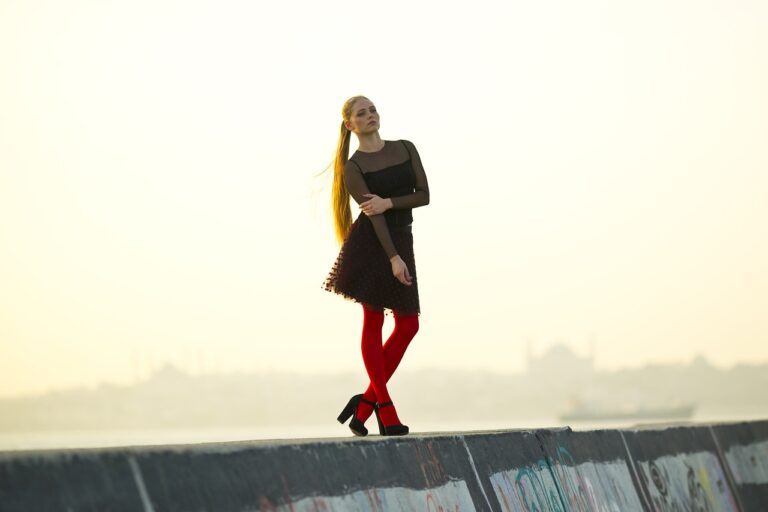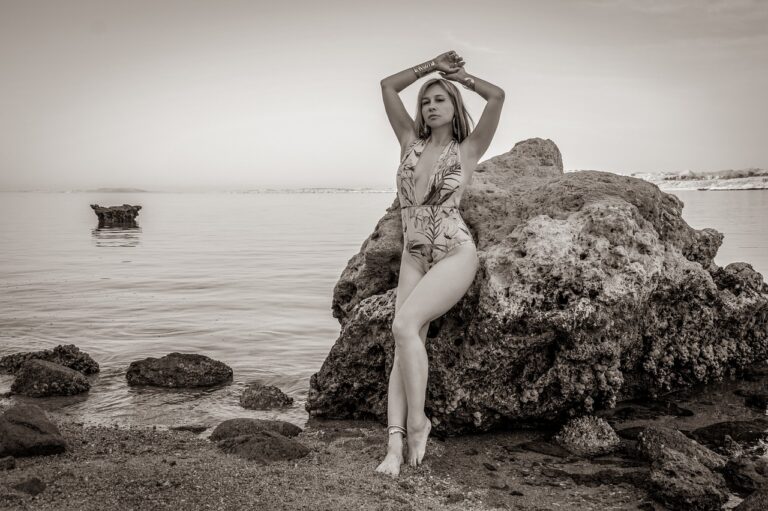The Role of Fashion in Historical Movements and Cultural Change
Fashion has long been utilized as a visual indicator of one’s social status and power within society. In many cultures and historical contexts, the type of clothing and accessories worn by an individual could immediately communicate their wealth, social standing, and influence to others. High-quality materials, intricate designs, and exclusive brands have been traditionally associated with the elite classes, distinguishing them from the rest of society.
Moreover, the act of following or setting fashion trends has often been linked to notions of power and influence. Those who dictate fashion trends or have the means to access high-end designer clothing are often perceived as influential individuals within their respective communities. By projecting an image of wealth and sophistication through their fashion choices, individuals can assert their social status and exert a certain level of power over others.
The Evolution of Fashion as a Form of Resistance
Fashion has long served as a powerful medium for individuals to express their resistance against prevailing societal norms. Throughout history, marginalized groups have harnessed the transformative power of clothing to push back against oppression and assert their identity. From the suffragettes donning white dresses as a symbol of purity and unity during their fight for women’s voting rights to the punk movement of the 1970s using ripped clothing and unconventional styles to rebel against the mainstream, fashion has been a tool for rebellion and defiance.
Furthermore, fashion’s evolution as a form of resistance has extended beyond just apparel choices. Accessories such as buttons, pins, and slogans emblazoned on garments have been used to convey political messages and spark conversations about social issues. By adorning themselves with symbols of resistance, individuals have been able to challenge the status quo and provoke thought and dialogue in society. In this way, fashion has become a vital form of expression for those seeking to resist and challenge the norms that seek to limit and define them.
Fashion’s Influence on Gender Norms and Equality
Gender norms and equality have long been intertwined with the world of fashion. Traditional ideas of masculinity and femininity have often dictated what is considered appropriate attire for each gender. However, in recent years, there has been a shift towards more gender-inclusive fashion, with designers creating collections that challenge societal norms and celebrate individuality.
Fashion has the power to break down stereotypes and promote equality by offering a platform for self-expression regardless of gender. By showcasing diverse models on the runway and in advertising campaigns, the industry is slowly dismantling the rigid gender norms that have long been upheld. This inclusivity not only empowers individuals to dress in a way that aligns with their identity but also sends a message of acceptance and equality to society as a whole.





